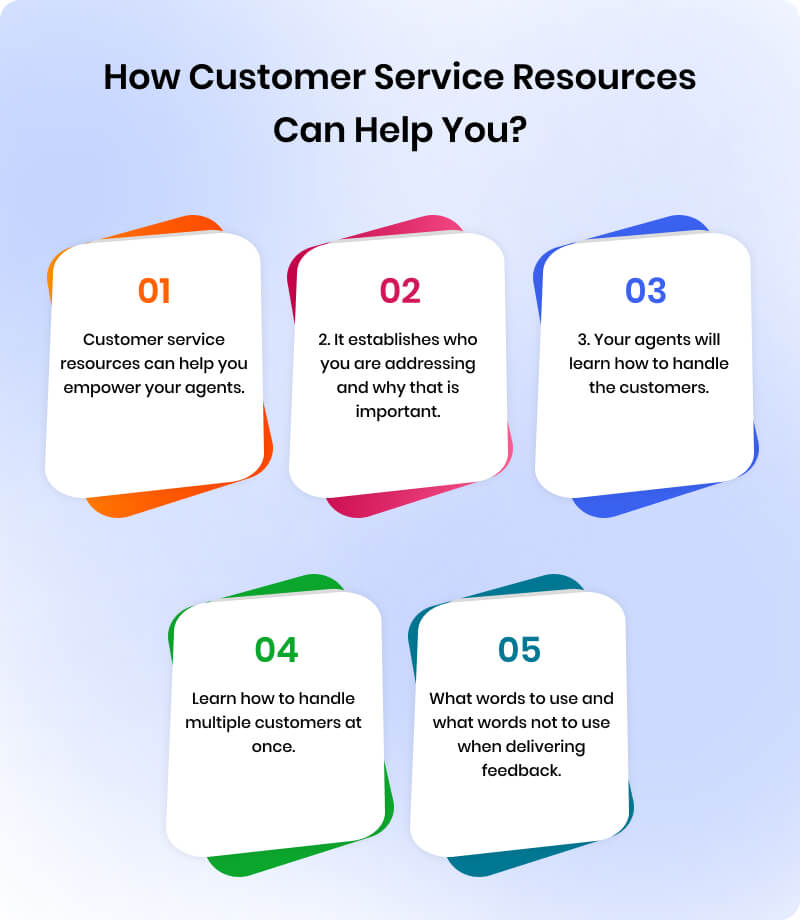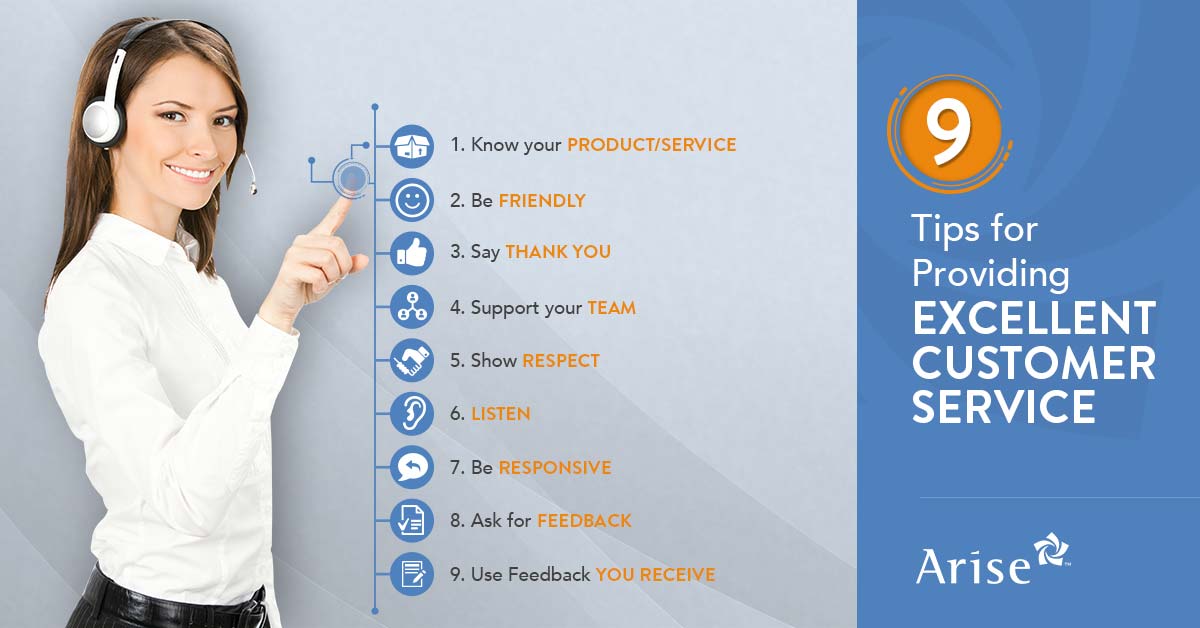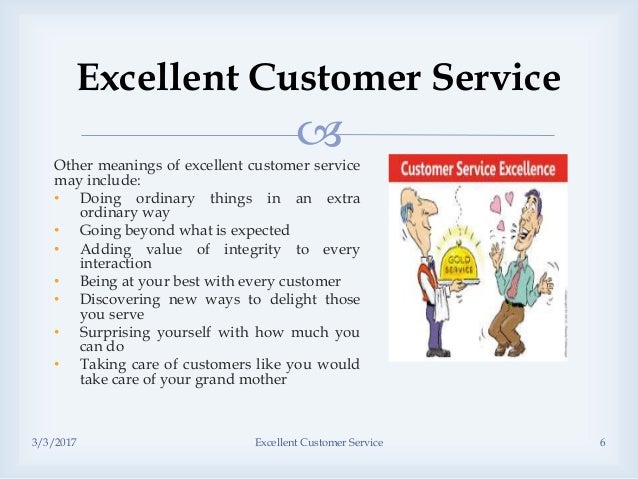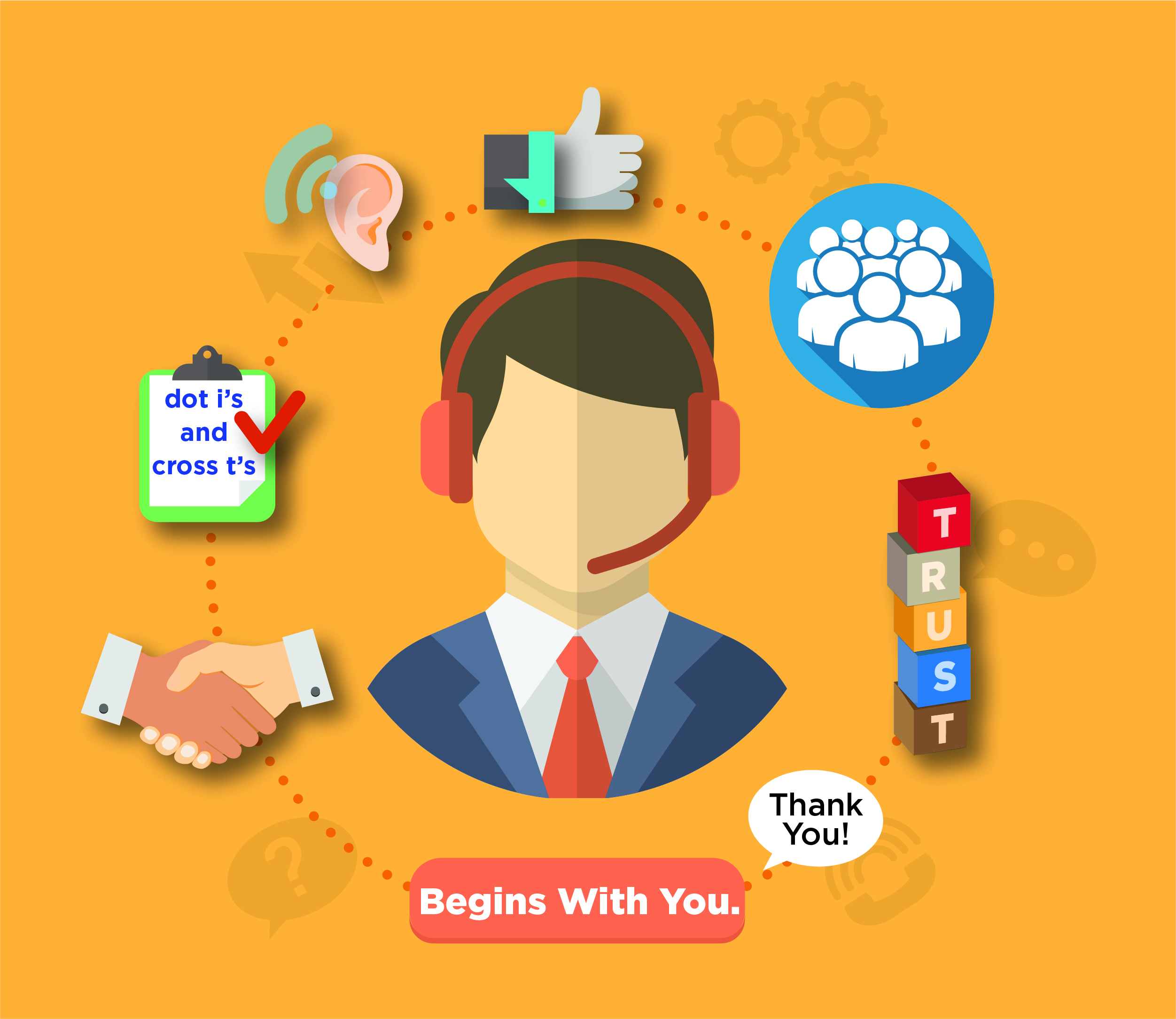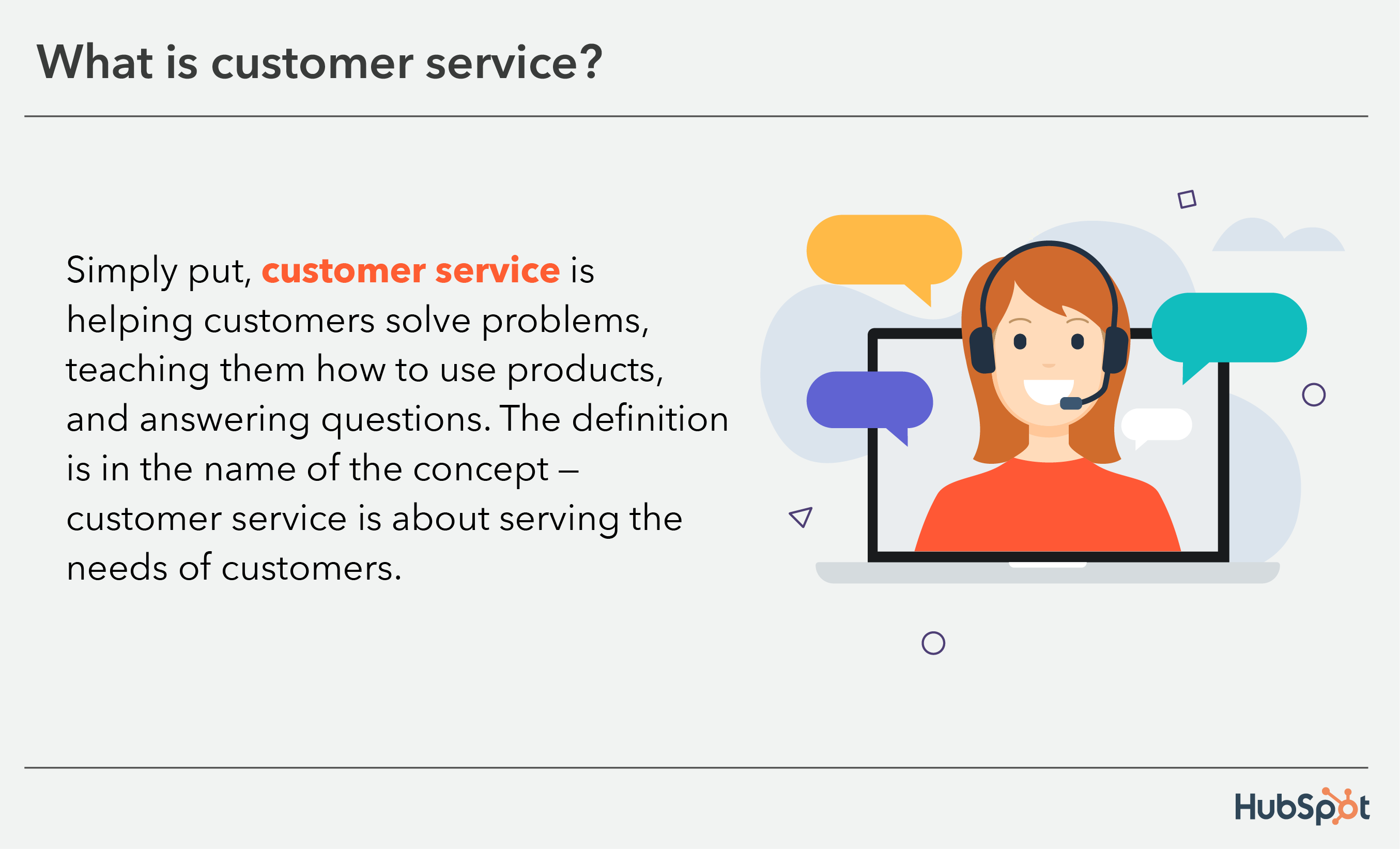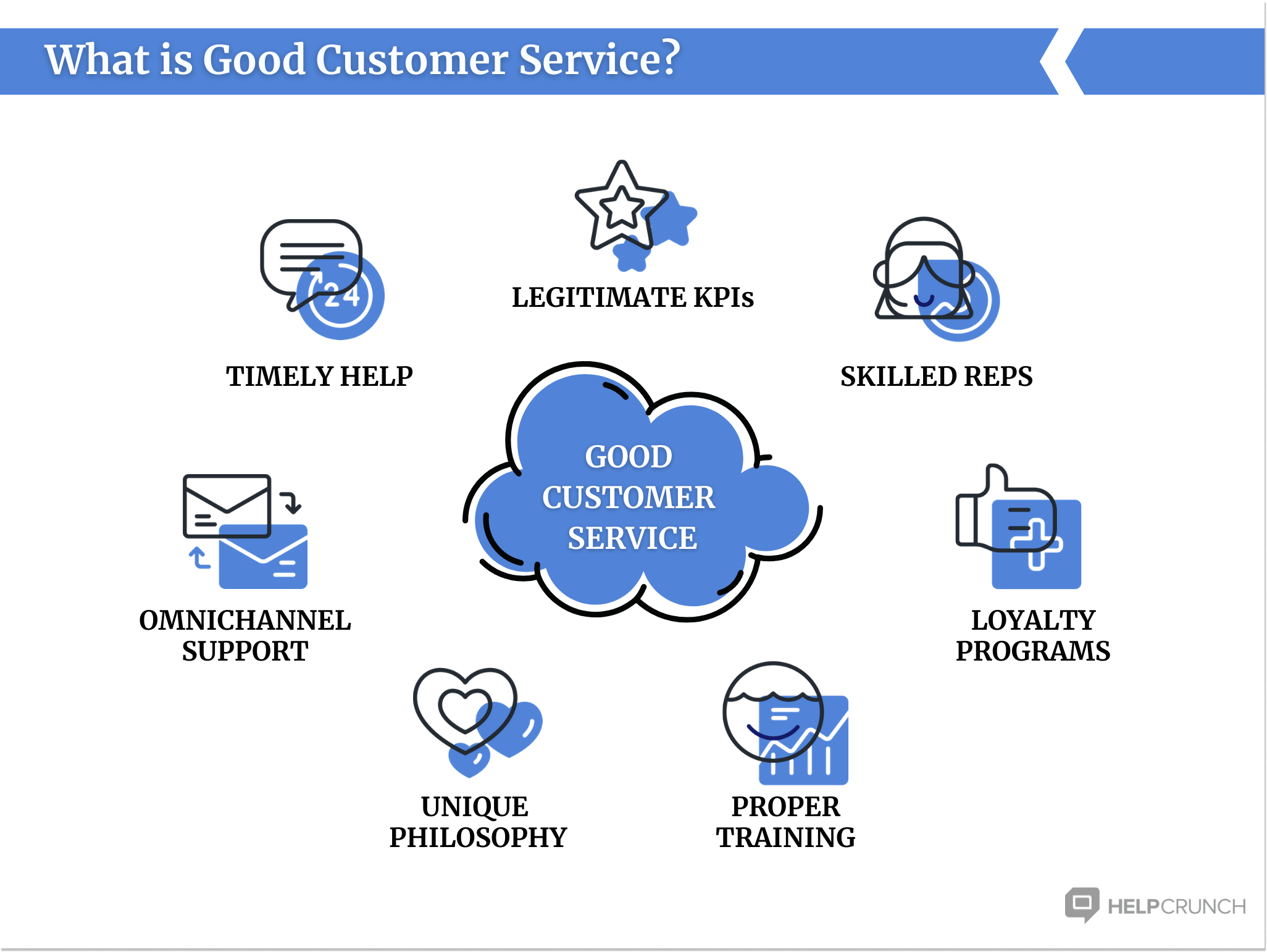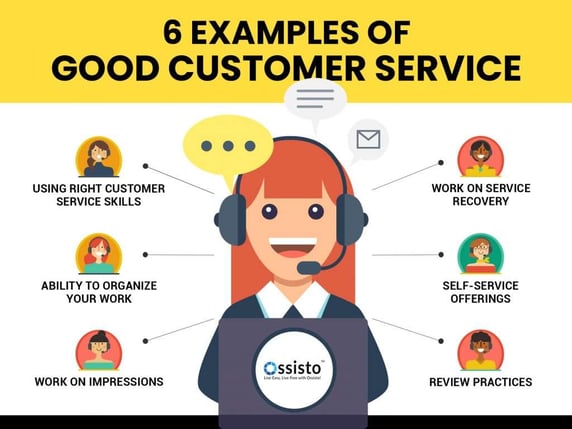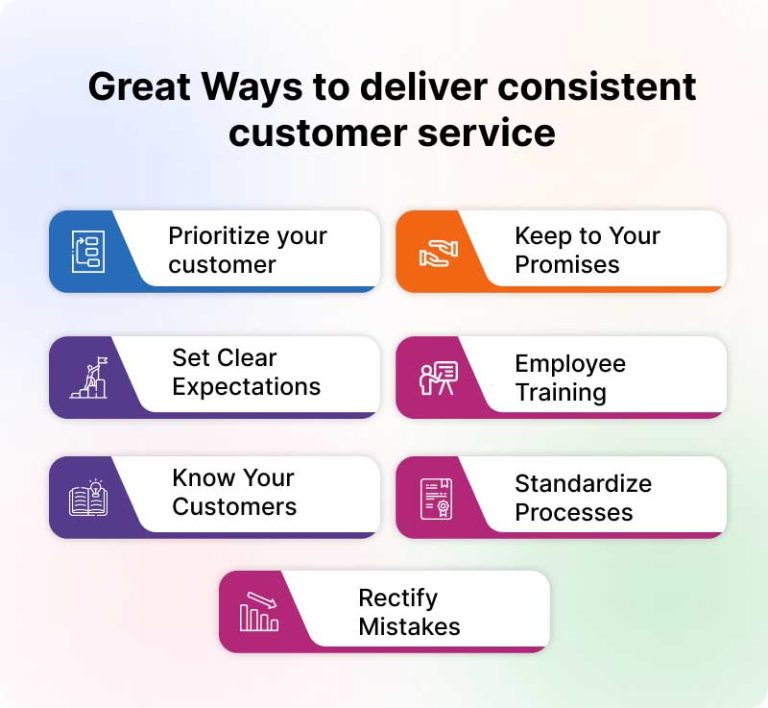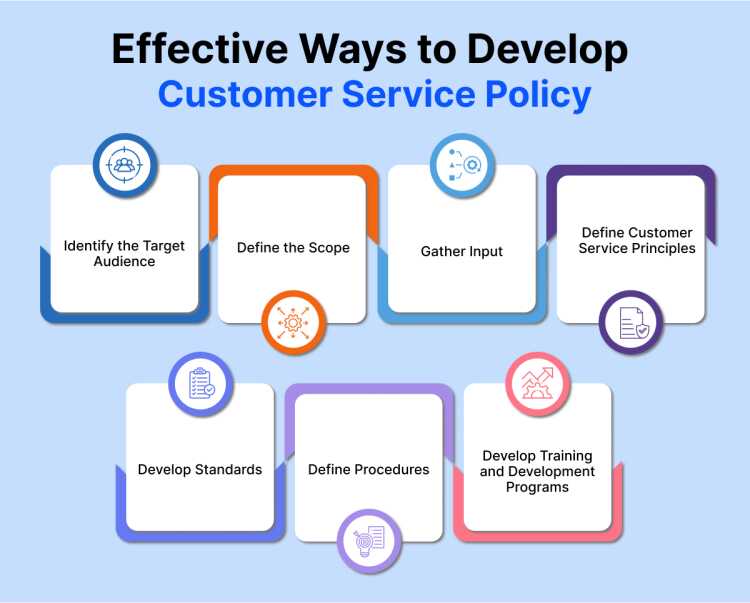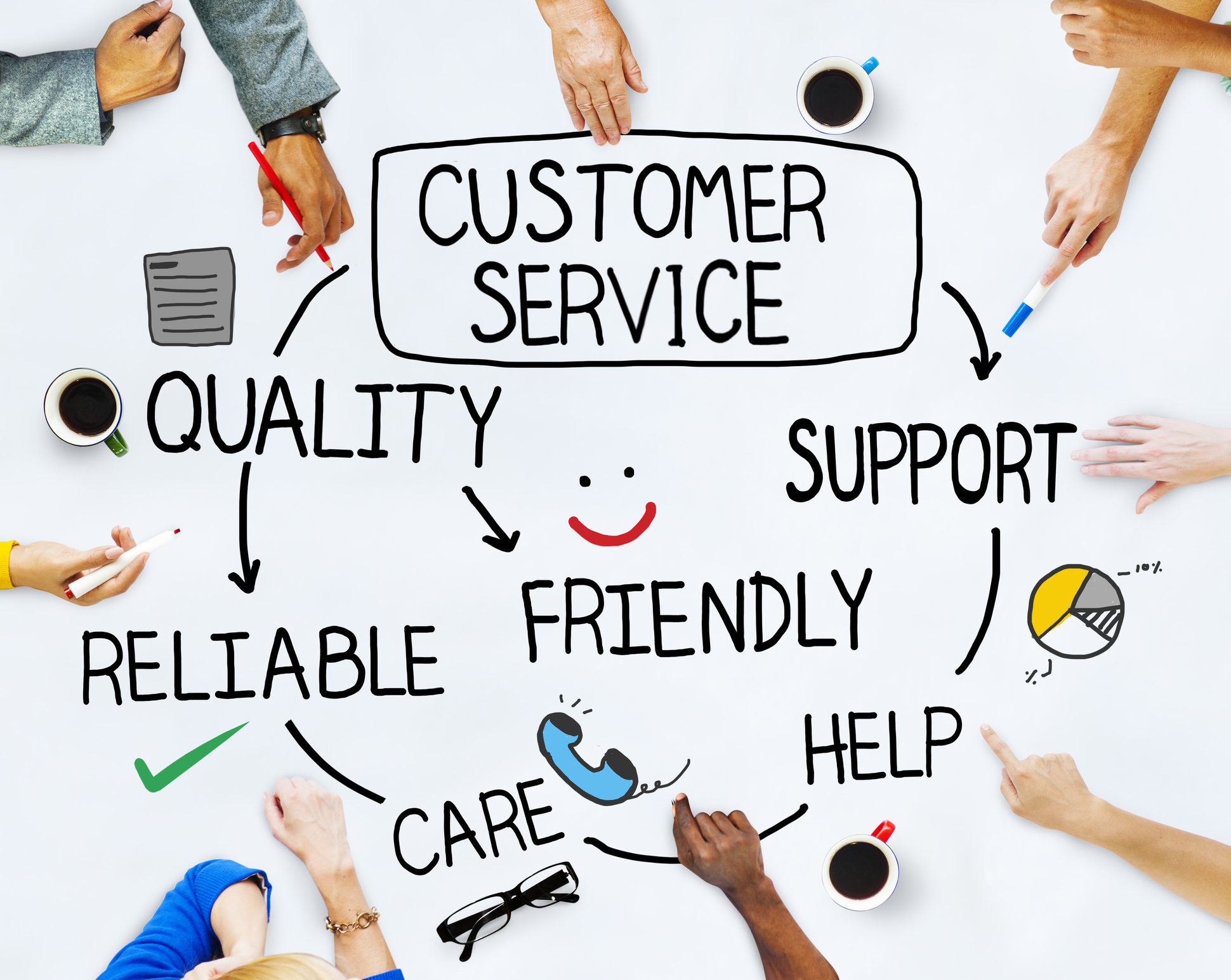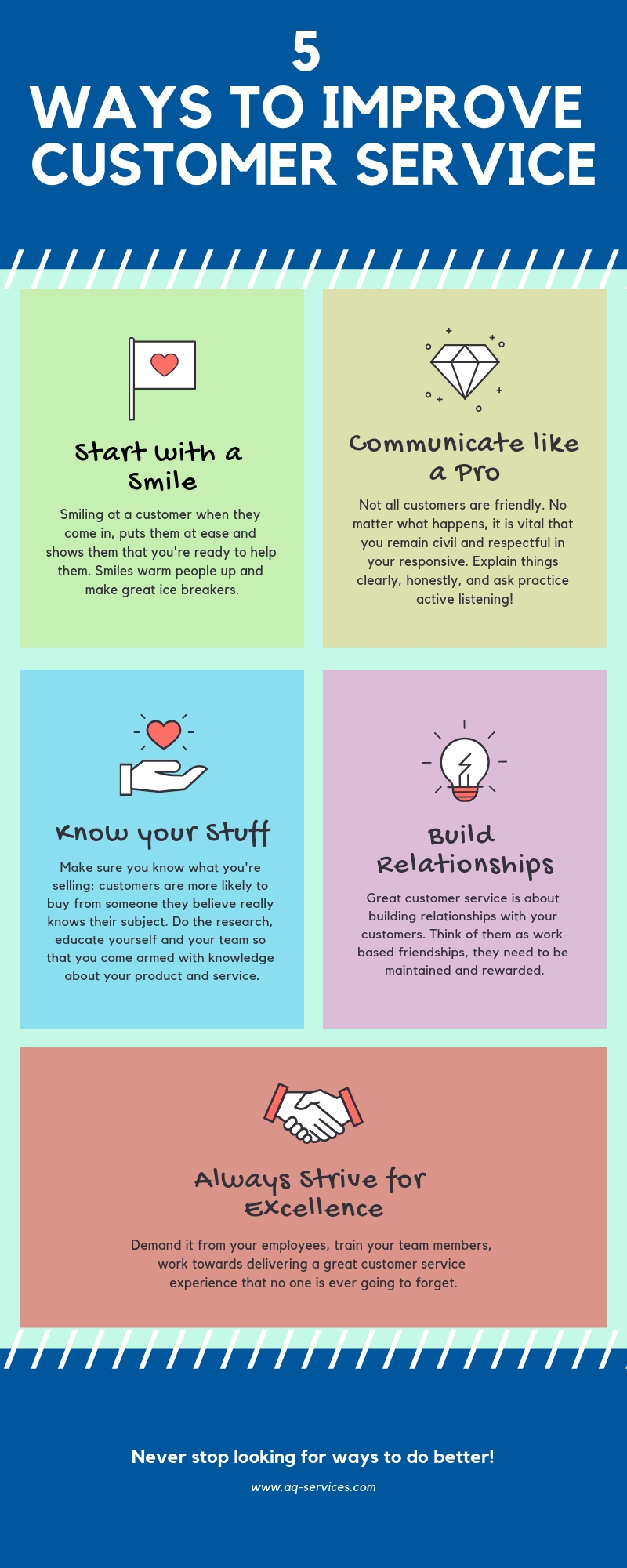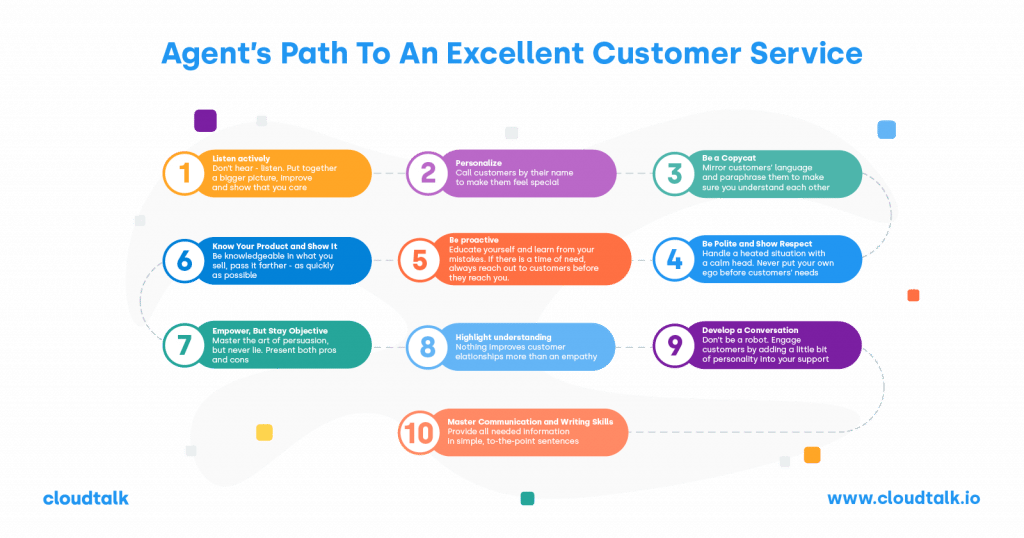How Do You Provide Customer Service

Customer service is in crisis. Businesses must adapt immediately or face dire consequences.
The future of your company hinges on mastering customer service. This article provides actionable strategies for improvement.
The New Customer Service Imperative
Customer expectations are at an all-time high. According to a recent Forrester report, 77% of customers say valuing their time is the most important thing a company can do to provide good online customer service. This means instant gratification is no longer a luxury; it's the standard.
Poor customer service directly impacts your bottom line. A Gartner study revealed that businesses lose over $75 billion annually due to bad customer experiences.
Omnichannel Support: Be Everywhere, Always
Customers expect to interact with your business on their preferred channels. These include phone, email, chat, social media, and in-person.
Implement a seamless omnichannel strategy. Ensure a consistent experience regardless of how a customer reaches out.
Integrate your systems. This lets agents access customer history across all channels for personalized support.
Empower Your Agents
Your agents are the face of your company. Arm them with the resources they need to succeed.
Provide comprehensive training on product knowledge, communication skills, and empathy. A recent survey by Salesforce found that 89% of customers are more likely to make another purchase after a positive customer service experience.
Give agents the authority to resolve issues without escalating every case. This reduces resolution times and increases customer satisfaction.
Proactive Customer Service: Anticipate Needs
Don't wait for problems to arise. Reach out to customers proactively.
Use data analytics to identify potential issues before they escalate. Offering solutions before customers complain builds trust and loyalty.
Implement onboarding programs and offer tutorials to help customers get the most out of your products or services.
Personalization: Treat Customers Like Individuals
Generic interactions are a thing of the past. Customers expect to be treated as individuals.
Use customer data to personalize interactions. Address customers by name and tailor your responses to their specific needs.
Show genuine empathy. Acknowledge their frustrations and demonstrate a sincere desire to help.
Feedback Loops: Continuously Improve
Customer service is not a static process. It requires constant evaluation and improvement.
Solicit feedback regularly through surveys and social media monitoring. Analyzing this data helps identify areas for improvement.
Implement a system for tracking and resolving complaints. Use this data to prevent similar issues from arising in the future.
The Clock is Ticking
Companies that fail to prioritize customer service will be left behind. Those who embrace these strategies will thrive.
Evaluate your current customer service practices immediately. Identify areas for improvement and implement the changes.
The future of your business depends on it. Don't delay.

